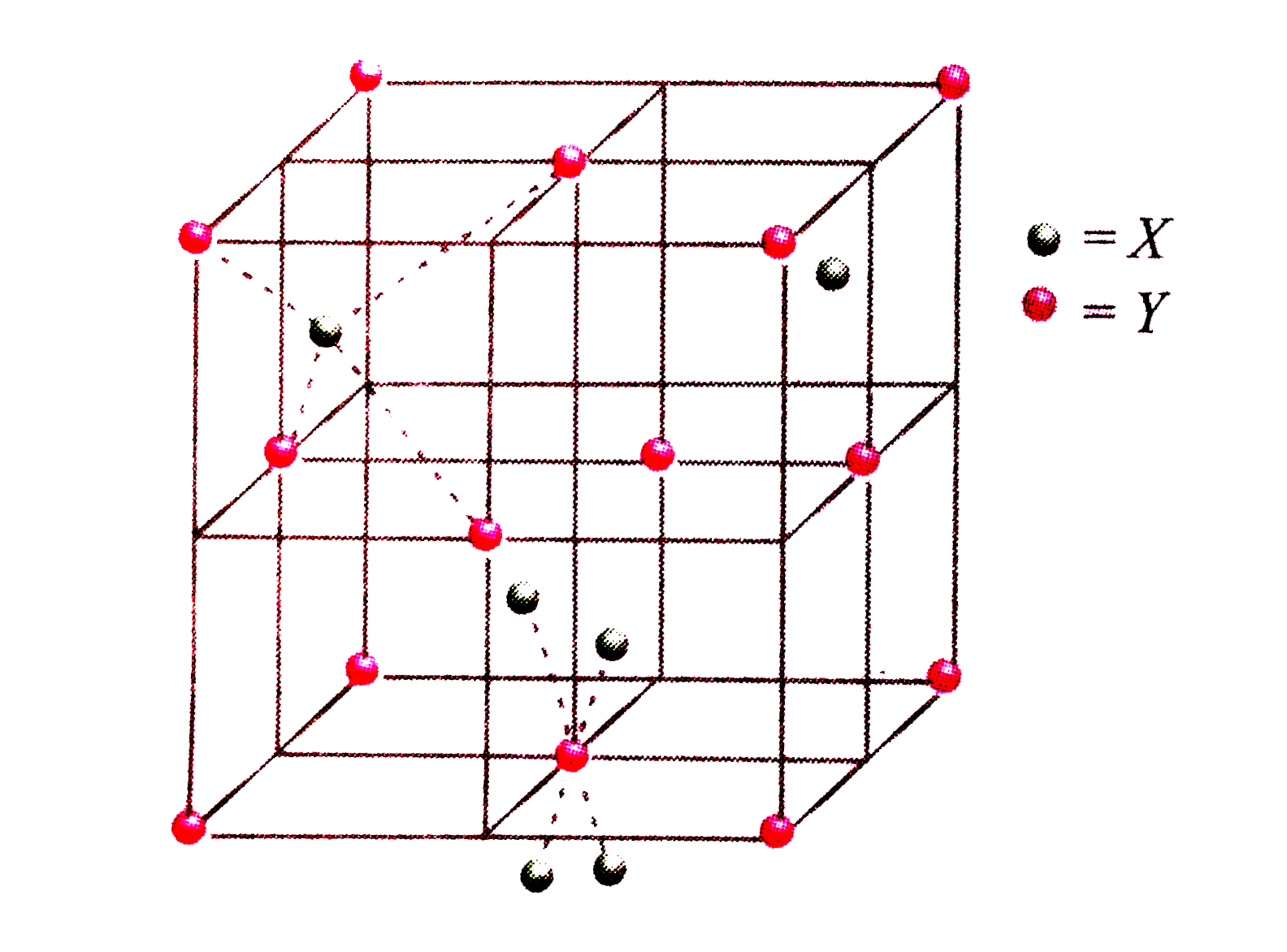BeO possesses a........ lattice with coordination number of ……………. .
To answer the question regarding the lattice structure and coordination number of beryllium oxide (BeO), we can break it down into a step-by-step solution:
Step 1: Identify the Structure of Beryllium Oxide
Beryllium oxide (BeO) is known to form a specific type of crystal structure. In this case, it is formed by a hexagonal close-packed (HCP) arrangement.
Hint for Step 1: Consider the common crystal structures formed by ionic compounds and identify which one applies to BeO.
Step 2: Determine the Type of Lattice
The lattice structure of BeO is classified as a "woodside type" structure. This indicates that the arrangement of the ions in the crystal lattice follows a specific pattern characteristic of this type.
Hint for Step 2: Research the term "woodside type" to understand its significance in the context of ionic compounds.
Step 3: Identify the Coordination Number
The coordination number refers to the number of nearest neighbors surrounding a central atom or ion. In the case of BeO, the coordination number for both beryllium ions (Be²⁺) and oxide ions (O²⁻) is 4. This means that each beryllium ion is surrounded by four oxide ions and vice versa.
Hint for Step 3: Recall how coordination numbers are determined in crystal lattices and what factors influence them.
Step 4: Conclusion
Based on the above information, we can conclude that beryllium oxide possesses a hexagonal close-packed lattice with a coordination number of 4.
Final Answer: Beryllium oxide possesses a hexagonal close-packed lattice with a coordination number of 4.
Beryllium oxide (BeO) is known to form a specific type of crystal structure. In this case, it is formed by a hexagonal close-packed (HCP) arrangement.
The lattice structure of BeO is classified as a "woodside type" structure. This indicates that the arrangement of the ions in the crystal lattice follows a specific pattern characteristic of this type.
The coordination number refers to the number of nearest neighbors surrounding a central atom or ion. In the case of BeO, the coordination number for both beryllium ions (Be²⁺) and oxide ions (O²⁻) is 4. This means that each beryllium ion is surrounded by four oxide ions and vice versa.
Based on the above information, we can conclude that beryllium oxide possesses a hexagonal close-packed lattice with a coordination number of 4.
Topper's Solved these Questions
- BOOK - ICSECHAPTER - THE s - BLOCK ELEMENTSEXERCISE - ASSERTION-REASON TYPE QUESTIONS5videos
THE s - BLOCK ELEMENTS
- BOOK - ICSECHAPTER - THE s - BLOCK ELEMENTSEXERCISE - NCERT TEXT-BOOK. EXERCISES (WITH HINTS AND SOLUTIONS)55videos
THE s - BLOCK ELEMENTS
- BOOK - ICSECHAPTER - THE s - BLOCK ELEMENTSEXERCISE - TRUE OR FALSE. TYPE QUESTIONS (State whether the following statements are True or False:25videos
THE s - BLOCK ELEMENTS
- BOOK - ICSECHAPTER - STRUCTURE OF ATOMEXERCISE - NCERT Textbook Exercises67videos
STRUCTURE OF ATOM
Similar Questions
Knowledge Check
- Question 1 - Select One
In CsCI lattice the coordination number of Cs ion is
A8,8B4,4C6,6D8,4
What is the coordination number of TVs and OVs
View SolutionCarbon exhibits coordination number of six.
View SolutionHydra possesses
View SolutionWhat is the coordination number of octahedral voids?
View SolutionBody -centred cubic lattice has a corrdination number of
View SolutionWhat is the coordination number of Th4+ in ThO2?
View SolutionCoordinating number of Na+ in NaCl is
View Solution


